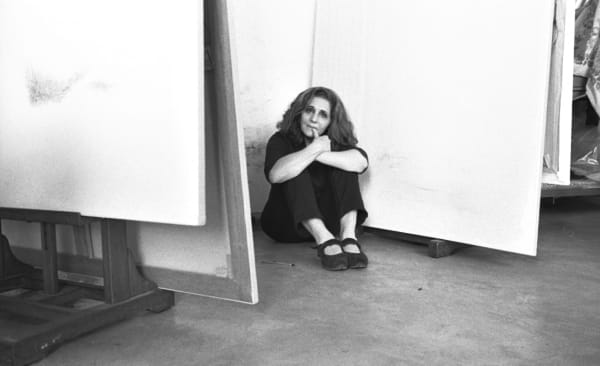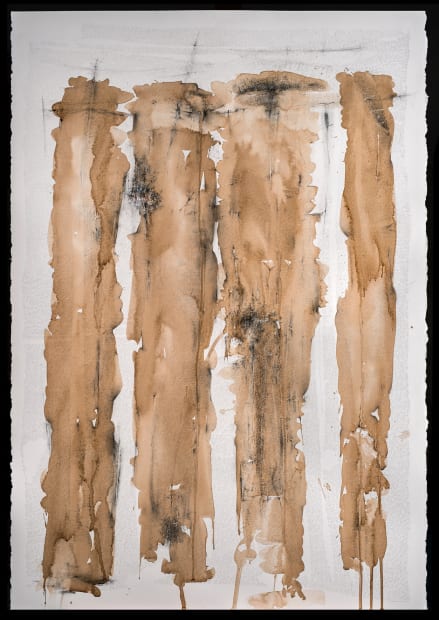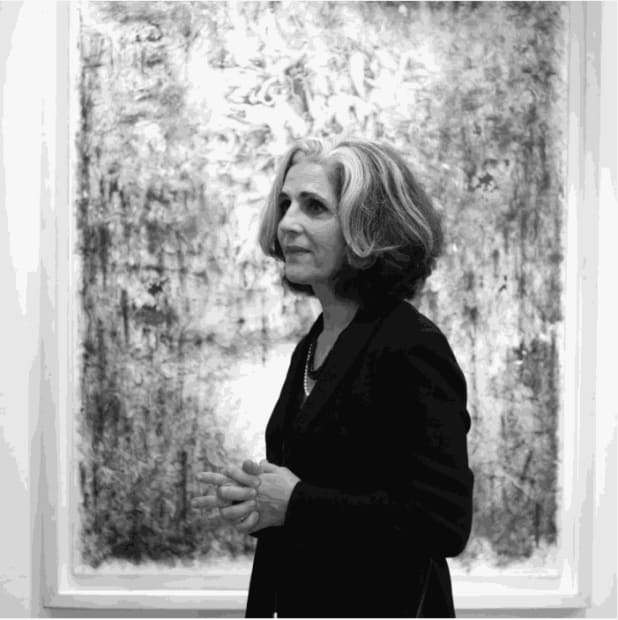-

-
Catalina Chervin in her studio, Buenos Aires
Portraits by Sebastián Szyd, 2012 -

Catalina Chervin, Untitled II (About Darkness Series), 1994 - 2014, Hannae Brand Collection, Singapore
-
Catalina Chervin: Catharsis
Hutchinson Modern & Contemporary -
Details of Chervin's studio
Photographed by Sebastián Szyd -

Catalina Chervin, Untitled (Apocalypse series), 2003
-
MACBA I Retrato en movimiento: Catalina Chervin
Interview of Catalina Chervin by Ángel Navarro, Curator at the Museo de Arte Contemporáneo Buenos Aires, about her exhibition "Atmósferas & Entropía" for their "Retrato en movimiento" series, 2020
-
!['[Catalina Chervin's] pictures are neither entirely abstract nor anywhere near representational; her imagery at once allusive and elusive. Her works...](data:image/gif;base64,R0lGODlhAQABAIAAAAAAAP///yH5BAEAAAAALAAAAAABAAEAAAIBRAA7)
Catalina Chervin, Untitled I (Street Art Series), 2014-16
-

Catalina Chervin with Robert Blackburn circa 1999.
-
 Catalina at work, photographed by Sebastián Szyd
Catalina at work, photographed by Sebastián Szyd -

Untitled I (Discarded Skin Series), 2020-21, Charcoal, pencil and walnut ink on Lanaquarelle paper 59 3/50 x 41 17/50 in
-

Portrait of Catalina Chervin in her studio, photographed by Sebastián Szyd
-

-
Listen to Catalina Chervin discuss her workin in "Atmósferas y Entropía" at The Museum of Contemporary Art Buenos Aires. The exhibition ran from March 6, 2020 through February 14, 2021.
MACBA | ATMÓSFERAS Y ENTROPÍA I CATALINA CHERVIN
The Museum of Contemporary Art Buenos Aires | Atmospheres and Entropy | Catalina Chervin"The Museum of Contemporary Art of Buenos Aires | Fundación Aldo Rubino and the Asociación Amigos del MACBA are pleased to present 'Atmósferas y Entropía', a solo exhibition by the Argentine artist, Catalina Chervin, curated by Ángel Navarro. The exhibition brings together large-format works belonging to series such as "Of Written Landscapes" or "Of Small Brands", and includes a selection of 2 x 3 meter diptychs from his "Street Art" series. In them, Chervin uses pen, pencil, ink and charcoal to capture shapes, lines, stains on paper that juxtapose and weave textures, lights and shadows."
-

Catalina Chervin, photo courtesy of Pato Parodi














!['[Catalina Chervin's] pictures are neither entirely abstract nor anywhere near representational; her imagery at once allusive and elusive. Her works...](https://artlogic-res.cloudinary.com/w_620,h_620,c_limit,f_auto,fl_lossy,q_auto/ws-hutchinsonmodern/usr/images/feature_panels/image/items/3d/3d9a332b9ae0471cbd3ef0f8edb86e57/screen-shot-2021-04-16-at-2.41.43-pm.png)







